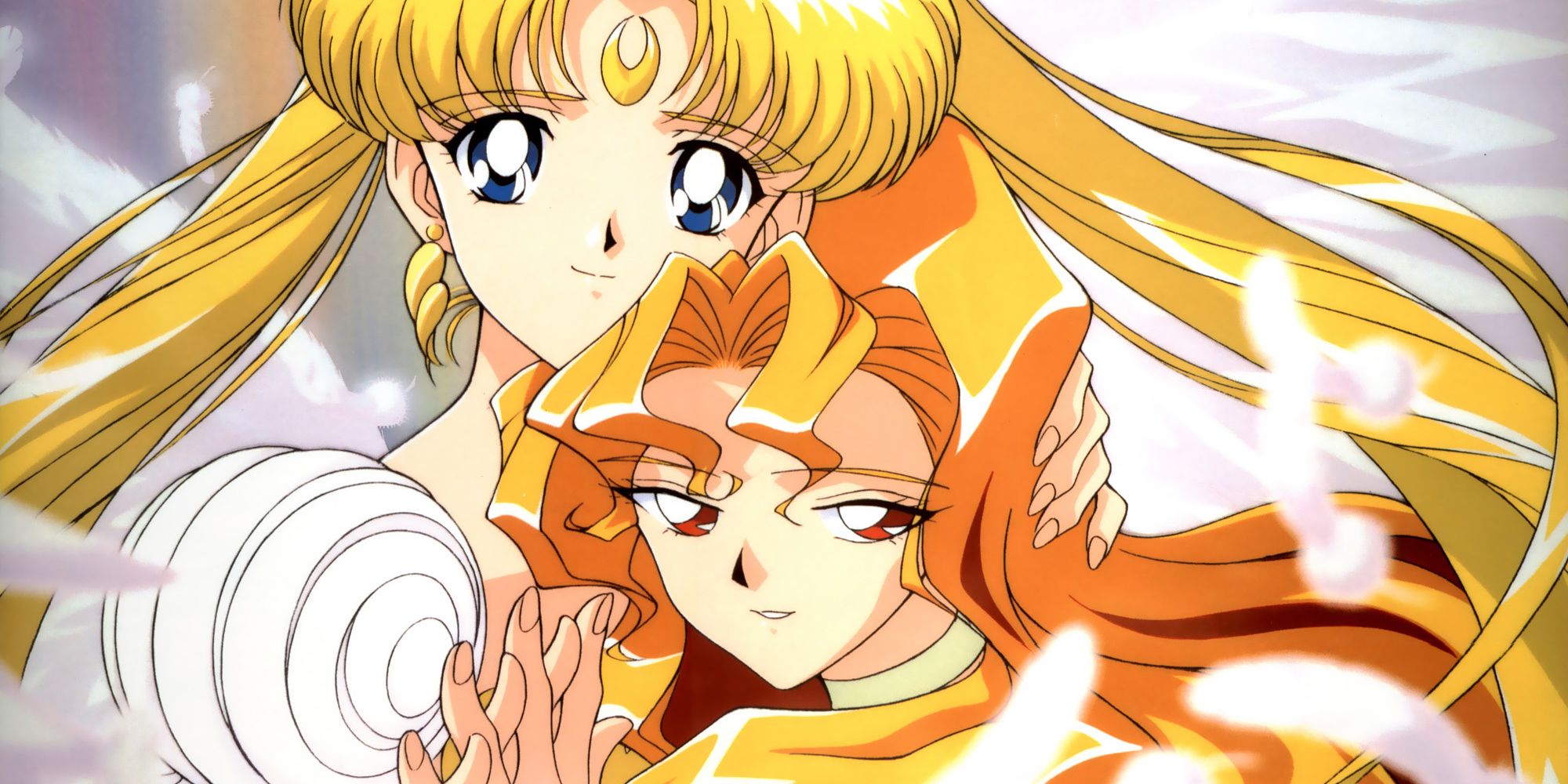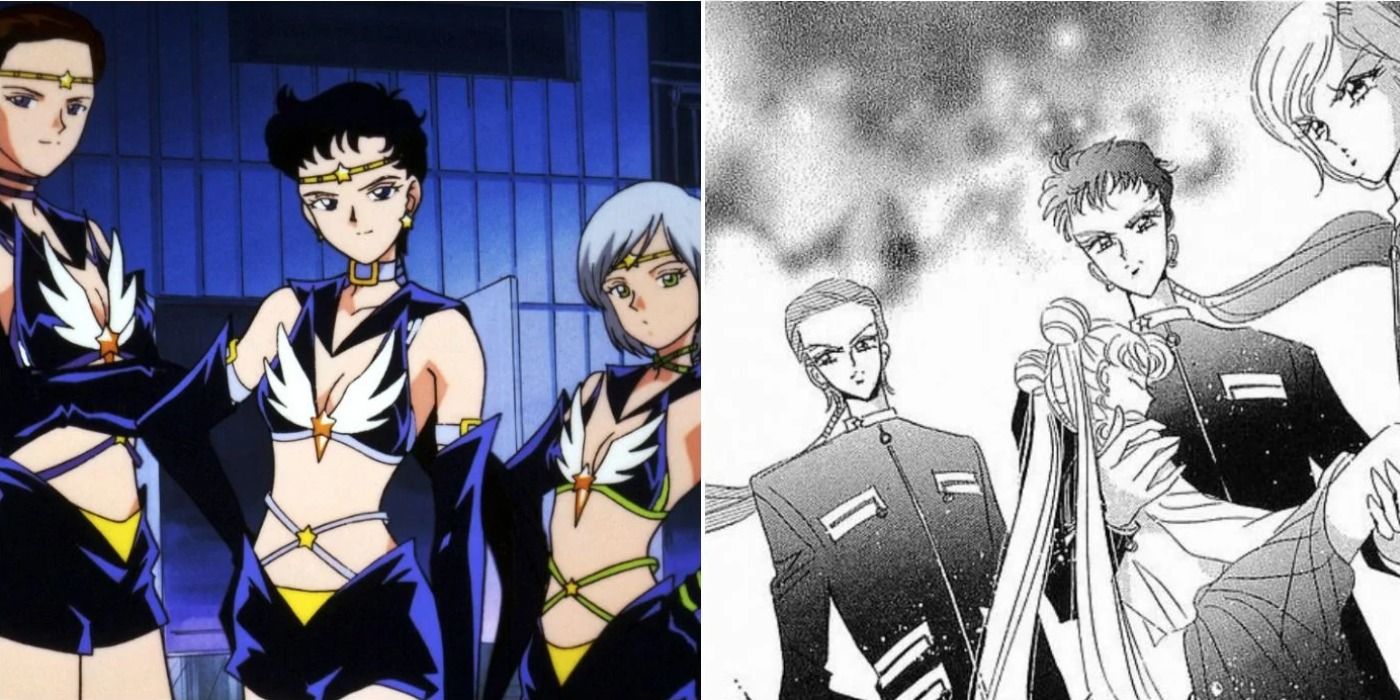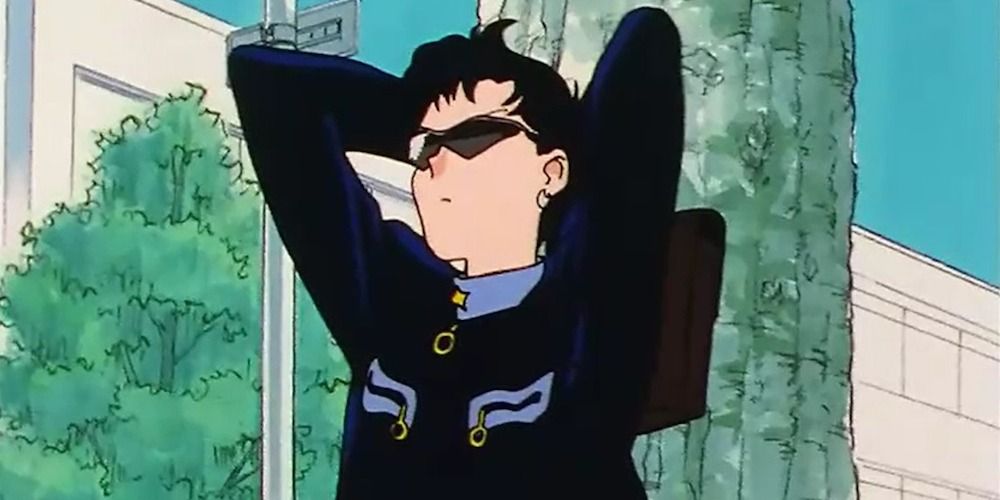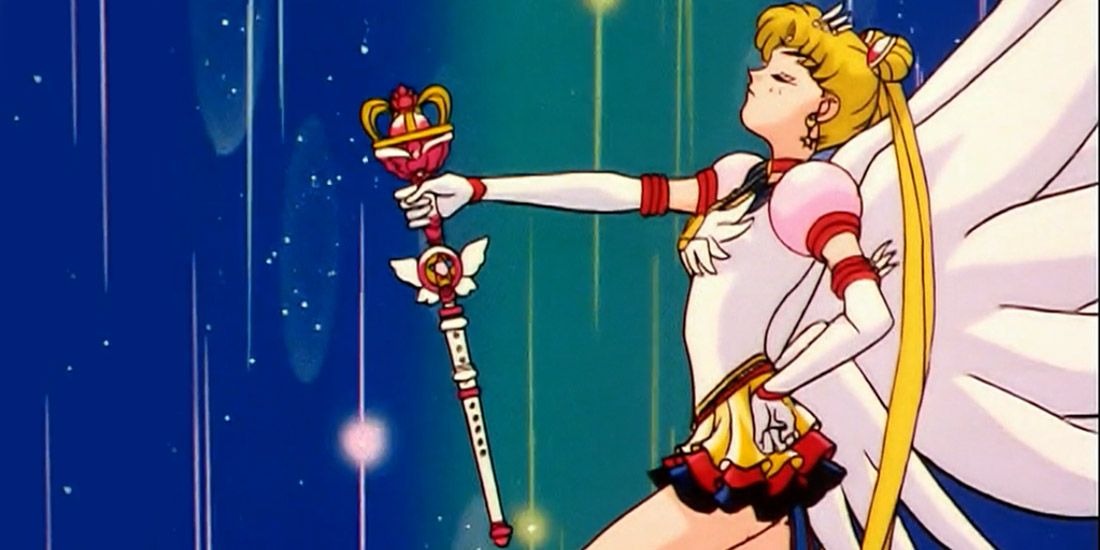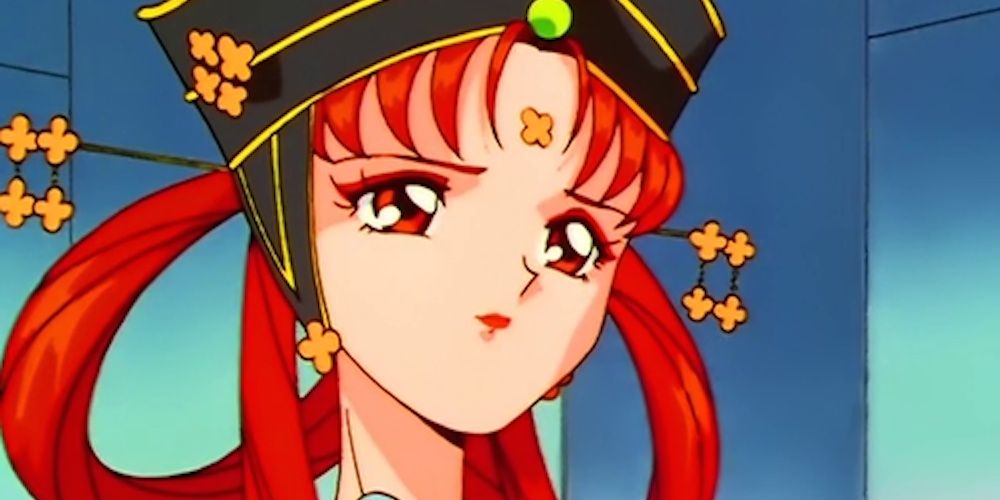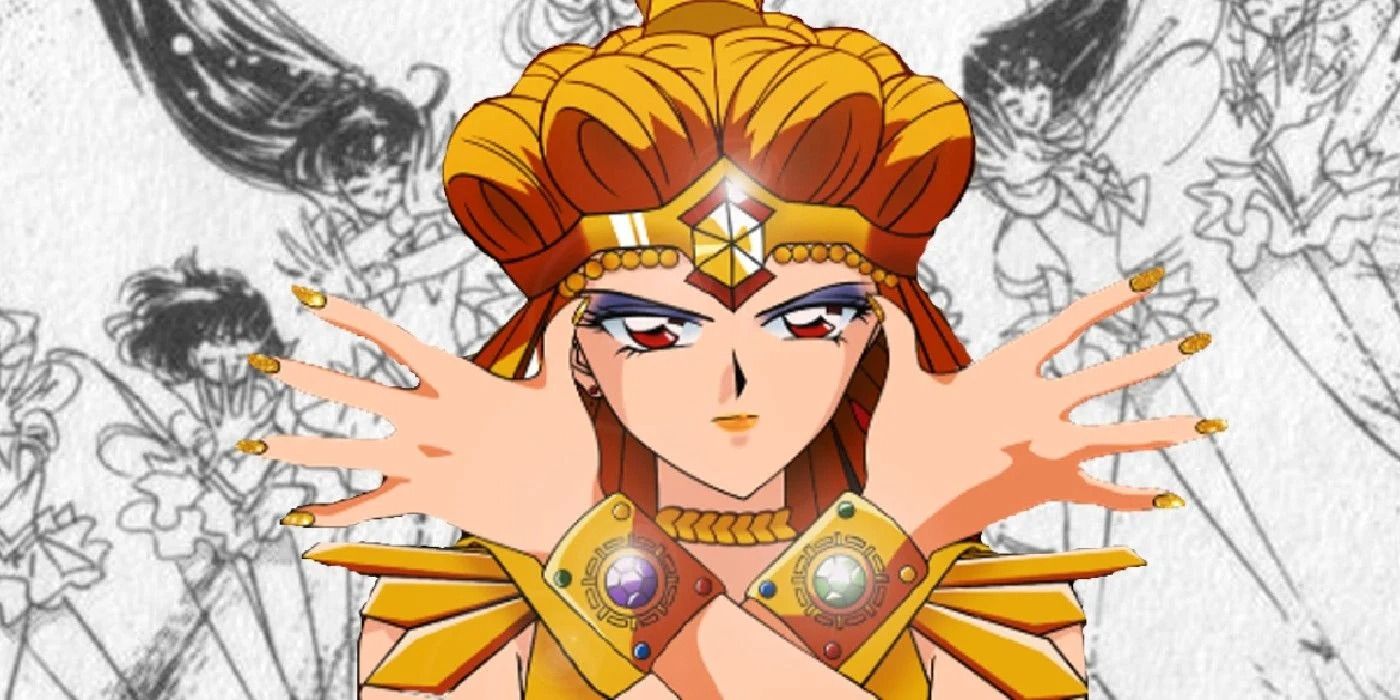Fans of Sailor Moon during the anime's original run are probably well aware that the last season was not aired in the United States in any form. For years, viewers who wanted to see the "Sailor Stars" arc had to rely on fan translations shared in the prehistoric days of the internet.
It wouldn’t be until 2019 that Viz media released a high-quality dub of Season 5 for those who couldn’t see it the first time around. Now that "Sailor Stars" is widely available, younger fans or newcomers might not be familiar with why it was never translated in the first place -- especially those who are only familiar with the first few seasons, which are much more kid-friendly. Sailor Moon's last arc goes places that probably would’ve made American network executives’ heads explode. Let’s go into depth about what made this arc so unique -- and why those episodes are probably more relevant than ever today.
Because the Sailor Moon anime was being produced alongside the manga's publication in 1996-97, Toei Animation was able to make some decisions about how it wanted the anime to go, including having a hand in how the Starlights would be designed. Creator Naoko Takeuchi originally wanted the three to have short hair, but was talked into adding ponytails because dolls are easier to make with long hair.
During production of the anime, Takeuchi had said to keep the Sailor Starlights as women, but one of the first things Toei did was make them into transsexual beings. In the manga, the characters Kou Seiya, Kou Yaten and Kou Taiki were women who cross-dressed on Earth when moonlighting as the Three Lights boy band. Toei would instead have them male in pedestrian form, then they’d turn into females when transforming. Takeuchi's original intention was always for the Senshi to be women only.
Speculation runs rampant in the Sailor Moon community but one thing many believe is that, with the inclusion of these trans characters, the "Sailor Stars" arc would have been too hard to sell to American audiences at that time. It could have been because Takeuchi was unhappy with what the anime had become overseas; places like America, instead of embracing the lesbian relationship between Michiru and Haruka, decided to make them cousins. They could have done this to keep her happy, but either way, there were other changes made as well.
Sailor Moon spotlights Seiya pursuing Usagi as a romantic interest, and making her a boy was simply easier to explain. That said, their relationship in the anime is far different from the manga. While Seiya does have feelings for Usagi, they are definitely not as romantic as shown in the anime. One episode in particular -- “Seiya and Usagi’s Nervous Date” -- never even happens in the manga. They made a big deal out of it and played with the emotions of many viewers, who already knew that Usagi and Mamoru were supposed to be together. It definitely added to the series' overall drama.
If the Sailor Moon anime had been kept the same as the manga, it would have been incredibly short. The last few episodes were definitely heart-wrenching, but their whole world is turned upside down from Act 51-60, which would serve as the last chapter in the manga's main storyline. Toei wanted to keep the show running for as long as possible and ended up having 34 episodes, six of which wrapped up Season 4 and set the stage for Mamoru’s departure. They also revealed the Starlights' identities to Sailor Senshi much sooner in the manga, so the whole story about the team needing to find out what was going on with them was more drawn-out on screen.
Toei had some new characters to play with and would utilize them however possible. For example, the cast now included another cute little girl named Chibi Chibi, who was given multiple filler episodes to develop. The Sailor Anima Mates were fun new villains who would have been wasted if they were to have such a short run of screen time, so their lives were extended with more episodes to build up to the finale.
On the flip side, Princess Kakyuu played a much smaller role in the "Sailor Stars" arc when compared to the manga, which was an odd choice to make. Kakyuu in the manga had much more to do with helping Sailor Moon, and even led her to Galaxia’s location in the end. The anime had her simply exist for the Starlights to find, then she sacrifices herself to save the Sailor Senshi.
Details that manga fans already knew were saved until the end of the anime for a big reveal. The Senshi have quite a brutal time in the manga but are shown safe in the anime up until the last few episodes. Most of the Sailor Senshi are deceased by the time Sailor Moon has to go up and fight Galaxia in the manga -- and when she does go up to defeat them, Chibi Moon comes back from the future with her Sailor Asteroids. Though manga readers really wanted to see this, it was never shown in the anime.
Galaxia’s entire manga story was also changed to fit with the anime, delivering a much more in-depth character as details were added that would make a little more sense to the viewing audience. She was literally chaos in the manga, but in the anime she was just the Senshi who would seal chaos away. This change gave her two personalities, with the nicer one able to be saved in the end. In other words, the anime made her arc much more of a redemption story than it was intended to be.
Now that Sailor Moon Crystal has a true adaptation of the manga coming with Sailor Moon Cosmos, fans had best get ready to shed a lot of tears. There will be characters who have never been seen before in the anime, and it’s going to be one wild ride.

